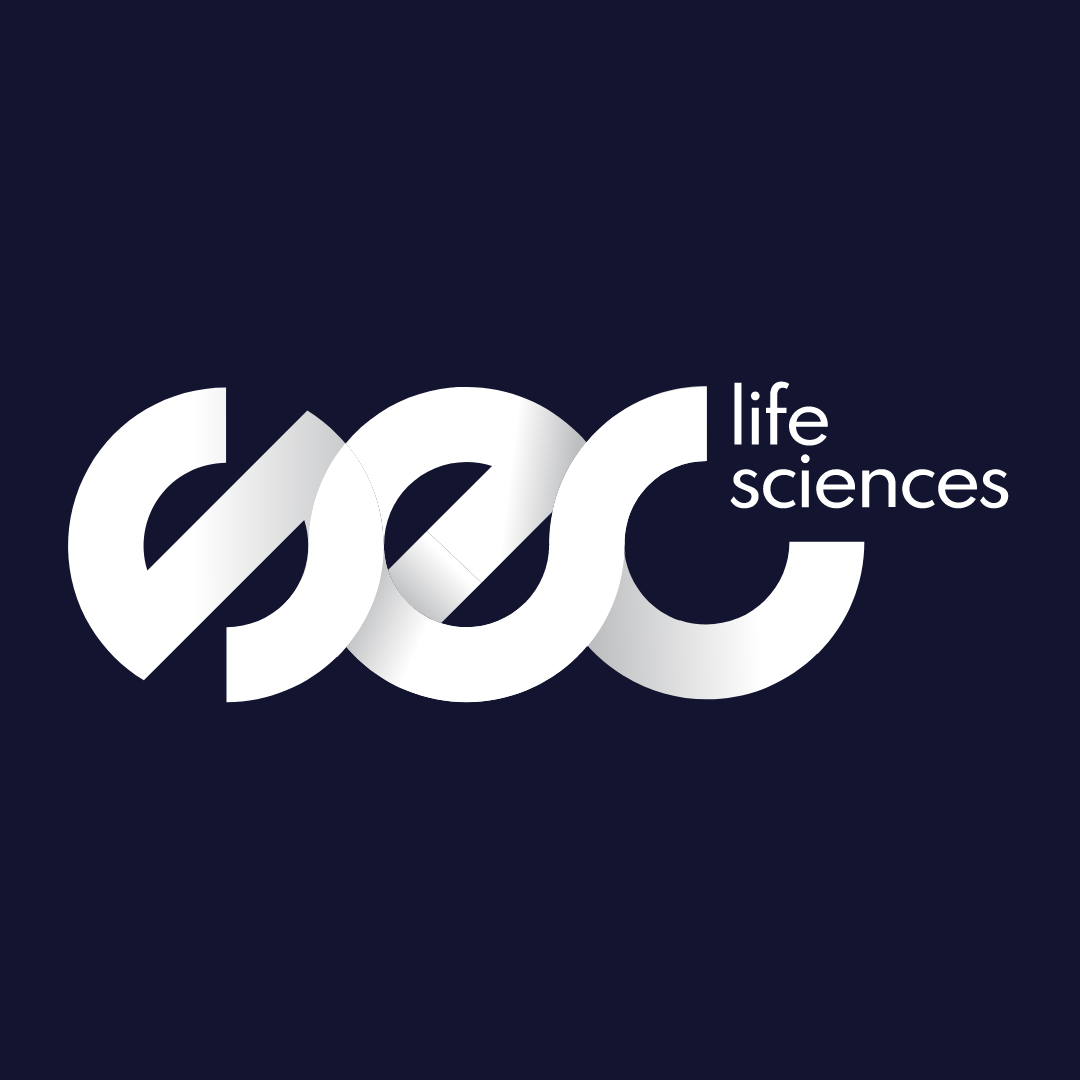Latest News
How to build your hiring strategy in 2024: A step-by-step guide
03 Jan, 202410 minutesHaving a detailed recruitment strategy is key to reach your hiring goals. By implementing an...

Having a detailed recruitment strategy is key to reach your hiring goals. By implementing an effective strategy you’ll be able to attract top talent while saving money and resources in the process.
If you’re after the A-Z of what your recruitment strategy should look like, then you’re in the right place. We’ve put together a step-by-step guide, including templates that you can use as part of your recruitment strategy. By following our guide you’ll set your company up to secure the best talent and remain a competitive force in the life science space.
Step 1: Be clear on your business goals
Before you start planning, it’s key that you understand what your company is looking to accomplish in the year, what that means for each department, and then how any new hires will contribute to that.
Are you expecting clinical trials, a product launch, the opening of new facilities, or is your business simply looking to expand? These are the sorts of things that are essential to know ahead of building your hiring plan.
For example, if you’re launching a product in 2024, you might look to expand your sales team to help reach a revenue target. Your hiring plan should take major milestones like this into account when looking at number of hires or seniority of hires to ensure that the departments your firm will rely on most throughout the year are adequately resourced.
Step 2: Assess your current workforce
Your next step should be a thorough assessment of your current workforce. Your aim is to understand the strengths, skills, and potential gaps in your team. This way you’ll be able to identify areas where your company requires improvement, and gain insight into the workforce.
One assessment you can undertake is a skills gap analysis. This assessment will allow you to look at skills that might be missing at an individual level, or at the skills currently within your entire workforce compared to those needed to achieve your business goals.
Identifying these gaps lets you create targeted training programs, improve recruitment processes, and align workforce development with business objectives. You’ll know what you need to upskill your team in, and where you need to focus your recruitment efforts.
We’ve provided a template to get you started with conducting your skills gap analysis here.
You also need to understand who is at risk of leaving their role due to things like performance or promotion. Meet with the leadership team to understand who is on track to be promoted or likely to be let go and when so you can plan ahead. Be mindful with resourcing plans in terms of budget so you’re not caught out.
Step 3: Establish what your hiring goals are for 2024
Having completed steps 1 and 2, you can now begin to develop your hiring goals. For example, if your company are launching clinical trials, then you’ll need to know how many employees are necessary, the roles needed to facilitate the clinical trial, and when the clinical trials are taking place so you can establish when you need to start recruiting new staff.
Ask yourself…
- How many employees do you need to hire to achieve the business goals this year?
- What kind of roles will you be hiring for?
- Will you be looking for permanent additions to the team, or could you look at hiring contractors?
- When do you need your new recruits hired by?
Determining your headcount and the timeline for the year is vital, so we’ve attached a headcount hiring plan template to get you started.
Step 4: Audit your current recruitment process
Now that you have your hiring goals sorted, you need to figure out how you are going to achieve them.
- How are you going to source the new talent?
- What is your interview and selection process going to look like, and who will be involved?
- How are you going to retain your existing team and the new talent?
To give you the best chance at engaging a wide range of talent, here are 6 things to consider:
Get rid of implicit bias from your job ads
Ultimately, you want to create an inclusive and diverse workforce, and you can start this as early as the job advert. Ensure that you remove the bias by:
- Using gender-neutral language
- Checking pronouns
- Emphasising how equality and diversity is a part of your culture
Being conscious about this is not only the right thing to do, but it can also benefit your company in the long run. You’ll attract a wider pool of talent and foster a more innovative and collaborative environment.
Consider your employer brand strategy
75% of candidates will investigate your reputation before they even consider applying. So, if you’re looking to attract the top talent, then you need to start showcasing your company’s culture, values, and what makes it a unique place to work across different channels. Employee testimonials and success stories can significantly bolster your brand’s appeal.
Take control over your workplace identity by following our employer branding guide and positively impact your talent pipeline.
Streamline your interview and selection process
In 2024, having an efficient interview and selection process is a must. You want to attract the best and the brightest, right? That starts with a selection process that's smooth and keeps candidates engaged and informed. You're not just choosing them; they're choosing you too.
It’s important to ensure you aren’t keeping candidates in process too long, are keeping them continually engaged, and are bringing them in front of only relevant stakeholders at each stage.
Update your onboarding process
A good onboarding process should integrate your new employee and demonstrate your company’s commitment to supporting them. An effective onboarding strategy helps retain staff, increases business stability and solidifies workplace culture. And with research showing that the average cost of replacing a new employee is around 20% of their annual salary, it is even more important to ensure you have a well-structured onboarding process.
Don’t fall at the last hurdle, update your onboarding process and really secure your workforce. Download our onboarding checklist template here.
Collaborate with external partners
Putting all of this together can be daunting. So, often it’s a good idea to seek external expertise. We’ve supported a range of clients in the life science sector, from stealth organisations to large corporations, and we have the experience and expertise in place to aid the creation of your hiring strategies and allow you to tap into talent pools you might otherwise miss.
Partnering with an agency to support your annual strategy takes pressure off your plate and allows you to get reliable results.
Step 5: Set your success metrics
It’s important to continuously measure the effectiveness of your hiring strategy. An easy way to do this is by setting key performance indicators (KPIs). These will provide insights into the quality of your process. Some metrics to consider tracking are:
- Number of days the vacancy has been open
- Number of candidates who reach each stage
- Offer acceptance rate
- Source of hire
- Cost per hire
- Average time to fill a vacancy
- Hiring manager satisfaction
- Candidate job satisfaction
- New hire turnover rate
You should also set some benchmarks for what a good standard for each of these numbers is—some companies to this quarterly or bi-annually, depending on hiring volume. Then you’ll be able to determine when and whether you need to try new strategies as you work to improve your hiring metrics.
It’s also good practice to look for receive feedback from all the stakeholders involved in the hiring process. Consider asking the following people for their thoughts on the hiring process:
- The candidates you are putting forward
- The recent hires
- The hiring managers
- The teams the new hire has entered
Ask them where they want to see improvements, what attracted them to the company and what was their candidate experience like. As you review all the answers, you can look for signs of issues and potential opportunities and make amends.
An important thing to note about developing and documenting any strategy is that it’s always subject to change. As the year progresses and the business needs change, so too should your hiring strategy. Documenting these plans now doesn’t mean they’ll be stuck to in six, even three months time—but it does mean that you’ll have a framework that can be tweaked, and it does demonstrate to your higher-ups that you have a holistic view on how to approach hiring that directly aligns with the direction the firm is travelling.
For further support in developing or executing your 2024 hiring strategy, or for a view of the services we can support to help you reach your talent acquisition goals, reach out to us today or visit our services page.



